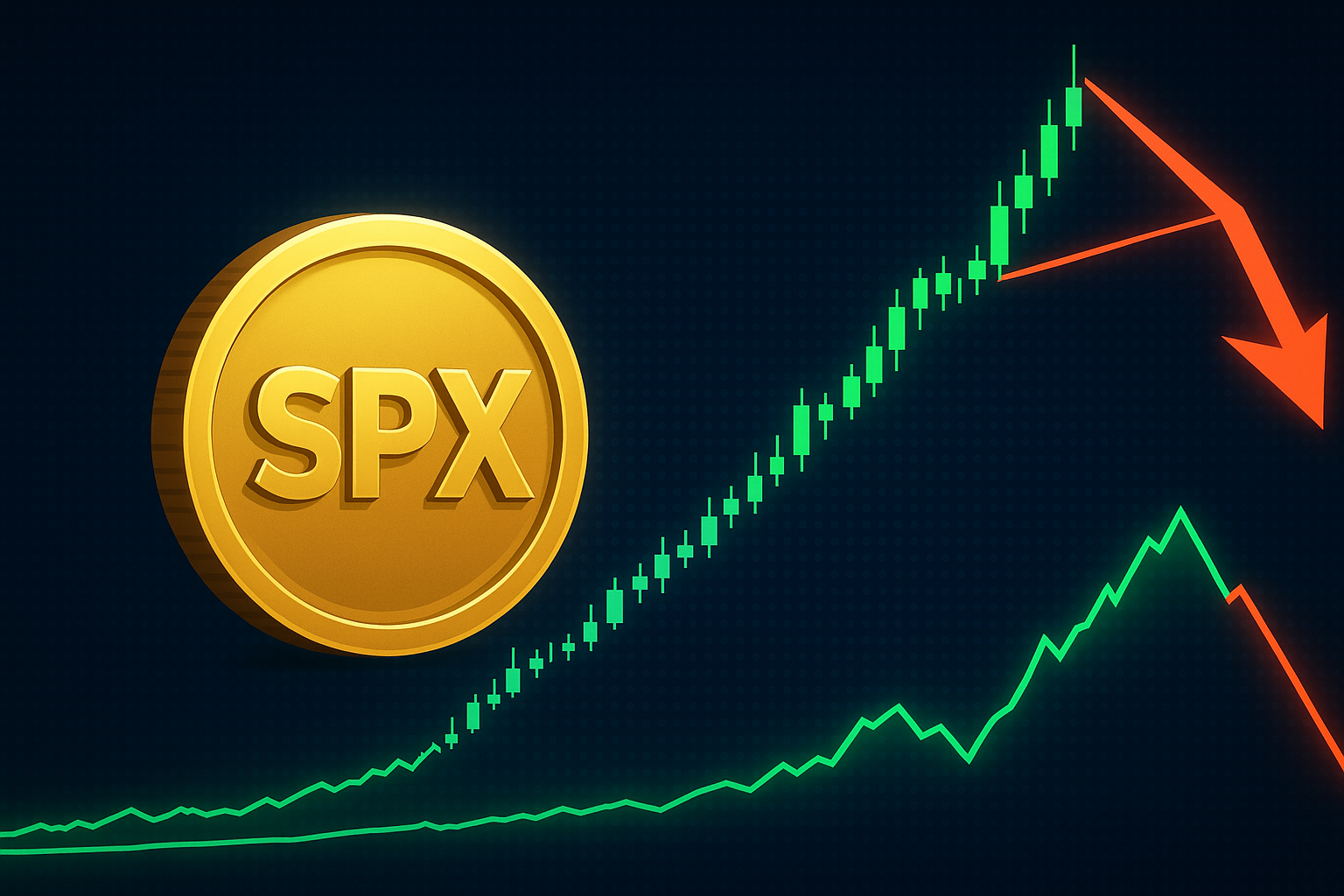Following the release of last week’s US inflation data (specifically the Consumer Price Index (CPI) and Producer Price Index (PPI), both key US economic indicators that influence the Federal Reserve’s interest rate decisions), attention now turns to the upcoming data releases.
This week, crypto investors are closely watching four major US economic indicators, as broader macroeconomic trends continue to place increasing pressure on Bitcoin (BTC) and the overall digital asset market.
Key US Economic Indicators Set to Shape Crypto Market Sentiment This Week
Several upcoming US economic reports have the potential to sway investor sentiment in Bitcoin and the broader cryptocurrency market over the coming days.
- Claim Your Cbet Bonus Code Now and Boost Your Winnings Instantly!
Weekly Jobless Claims in Focus: A Key Signal for Crypto Market Volatility
The Initial Jobless Claims report, released every week, tracks the number of Americans filing for unemployment benefits for the first time. As a vital measure of labor market strength, it plays a significant role in shaping investor sentiment and influencing expectations around Federal Reserve policy, factors that directly affect the crypto landscape.
“A critical labor market signal that could realign market views on Fed actions,” noted one market analyst in a recent commentary.
According to Trading Economics, economists anticipate a reading of 232,000, slightly higher than the previous 229,000. This uptick would point to emerging signs of economic softness—a development that could favor Bitcoin and other cryptocurrencies, as investors often view them as hedges in uncertain macro conditions.
However, if claims come in below the 229,000 mark from the week ending May 17, it may suggest continued labor market strength. Such data could boost the US dollar and weigh on risk-sensitive assets like Bitcoin by increasing the likelihood of more aggressive monetary tightening from the Fed.
In this context, crypto traders are closely watching Thursday’s report, as it could trigger short-term market swings. Despite recent tariff-related concerns, jobless claims trends have shown few signs of labor strain, pointing to underlying resilience in the job market.
Manufacturing PMI in Spotlight as Crypto Traders Weigh Economic Signals
The Manufacturing Purchasing Managers’ Index (PMI), published by S&P Global, offers a timely snapshot of industrial activity across the United States. A reading above 50 suggests expansion in the sector, while a figure below that level indicates contraction. For crypto investors, the PMI serves as a barometer of economic health, with direct implications for the US dollar and broader risk sentiment.
Amid ongoing tariff pressures, April’s PMI reading fell to 50.2, a sign of weakening output and continued supply chain disruptions. These factors have contributed to increased interest in crypto as a potential hedge against economic instability.
All eyes are now on Thursday’s flash PMI report, with expectations hovering around 49.8. A figure below this projection could reinforce concerns about a slowdown and potentially fuel a rally in Bitcoin and other digital assets. On the other hand, a stronger-than-expected reading (particularly one above April’s 50.2) could bolster the dollar and dampen enthusiasm in the crypto market.
“April 2025 PMI data shows contraction in manufacturing and a slowdown in services,” one market observer posted on X (formerly Twitter), highlighting the combined effects of tariffs and weakening domestic demand.
As crypto markets become increasingly sensitive to macroeconomic shifts, Thursday’s PMI release is likely to be a key driver of short-term volatility.
Existing Home Sales Set to Signal Broader Economic Mood, with Crypto Watching Closely
The Existing Home Sales report, released monthly by the National Association of Realtors, tracks the annualized pace of transactions involving previously owned homes. Often viewed as a reflection of consumer sentiment and housing market strength, this data can subtly influence monetary policy expectations and investor risk appetite.
For April 2025, projections suggest a decline to 700,000 units, down from 724,000 in March. This dip is seen by analysts as a potential sign of cooling demand in the housing sector, amid the ongoing pressures of elevated mortgage rates and trade-related disruptions.
Such a slowdown could enhance the appeal of Bitcoin and other cryptocurrencies, particularly if paired with weak readings from other macro indicators like PMI or Initial Jobless Claims. In uncertain environments, digital assets are increasingly considered a hedge against traditional market stress.
“April’s home sales will likely highlight the market’s reaction to higher interest rates and tight supply,” one user noted on X (formerly Twitter), pointing to the broader impact on consumer activity.
On the flip side, if sales outperform forecasts or show signs of resilience, it may reinforce confidence in the US economy. That would likely support the US dollar and reduce demand for speculative assets like crypto in the short term.
Services PMI in Focus as Crypto Markets Brace for Macro Signals
Published monthly by S&P Global, the Services Purchasing Managers’ Index (PMI) measures the performance of the US services sector, covering industries such as finance, logistics, and hospitality. As services represent a major share of the US economy, this report serves as a critical gauge of economic momentum.
For crypto traders, the Services PMI is more than a traditional economic metric. It acts as a pulse check on risk appetite and US dollar strength. A reading above 50 reflects expansion, while a figure below signals contraction and potential economic weakness.
April’s figure came in at 50.8, pointing to modest growth despite broader market headwinds. Another strong result could reinforce USD strength and potentially dampen demand for risk-sensitive assets like Bitcoin. However, if May’s flash reading slips below the 50.8 mark (or even dips under 50), it could reignite bullish sentiment in crypto markets, especially amid rising concerns over tariffs and slowing demand.
As services activity remains a cornerstone of US GDP, any shift in this data carries significant market weight. The May 22 release, arriving alongside Manufacturing PMI and Initial Jobless Claims, is expected to drive short-term volatility, particularly if the numbers surprise on either end of the spectrum.
Conclusion
As macroeconomic data continues to shape investor sentiment, the relationship between traditional metrics and digital assets is becoming increasingly significant. This week’s US economic indicators, including jobless claims, PMI figures, and home sales data, will offer valuable insight into the health of the economy. For crypto traders, these updates could act as important catalysts, with even slight shifts potentially driving notable volatility across both traditional and digital markets.






